Our Gran Canaria Travel Essentials guide contains all the information you need to plan an unforgettable holiday to this Spanish island in Macaronesia off the coast of Africa. In this guide, you'll be able to learn all about the local climate as well as the local plug style and electricity. Emergency phone numbers, currency and more are detailed as well.
Getting to and around Gran Canaria is possible through a variety of methods that we'll go over, and you can enjoy insight into some of the best local festivals and landmarks on the island that you won't want to miss out on. With this guide, you'll have everything you need to get the most out of your holiday to Gran Canaria.
When is the best time to travel to Gran Canaria?

Temperatures are relatively high all year long, though there are seasonal differences with averages in the summer around 24.9°C and averages in the winter around 18°C.
Rain isn't all that common on the island, though the rainiest months are typically November to February, with the summer months getting virtually no rain whatsoever.
The warmest month is August with average highs around 28.3°C, though July and September have average highs above 27°C too.
Despite being the rainiest season, winter is mild enough to be the most popular time of year to visit. If you're looking to avoid crowds and find deals, spring tends to be the slowest season to visit.
Gran Canaria basics
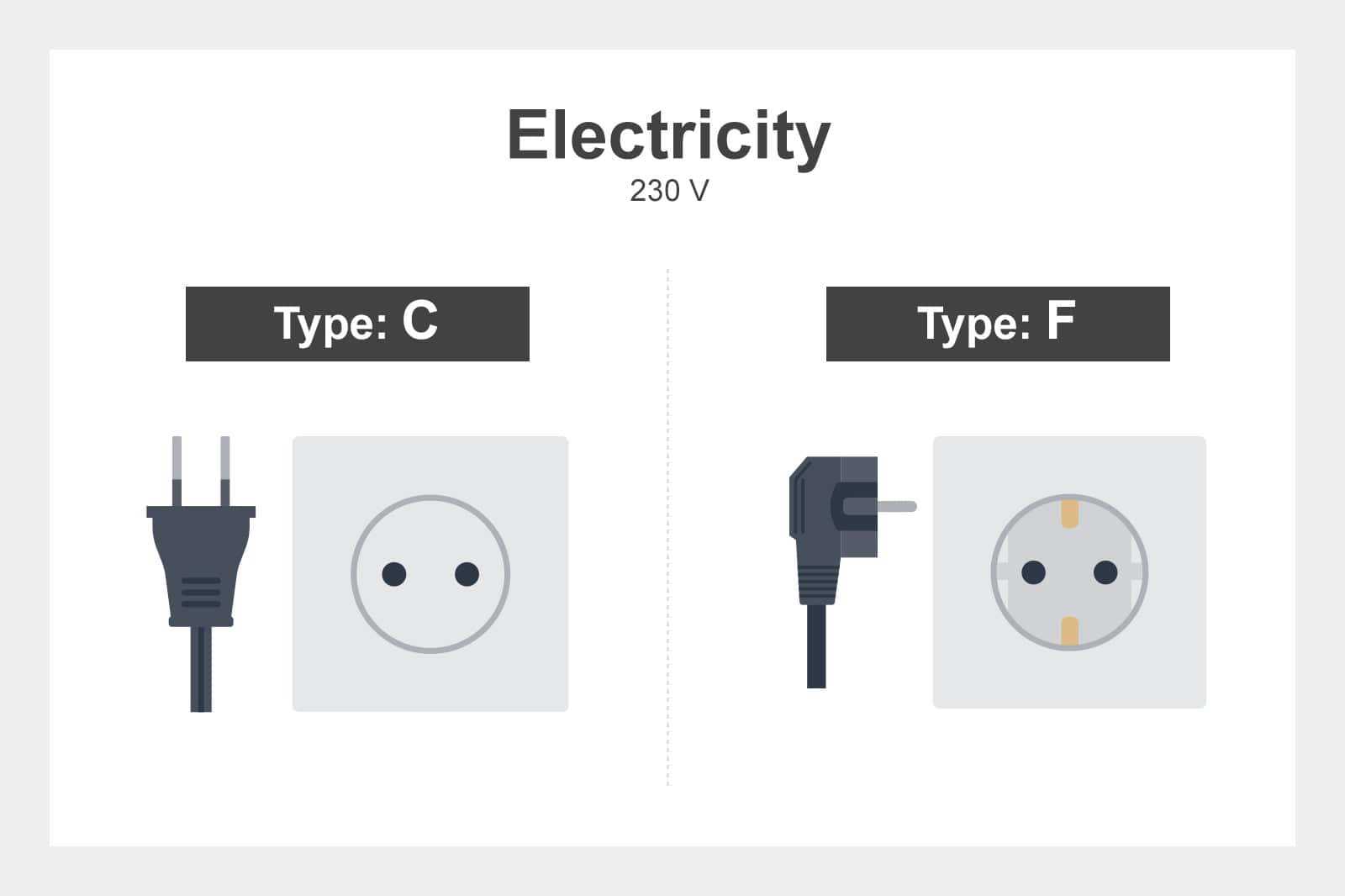
Plug type: Gran Canaria uses Type C, E and F plugs, so you'll need an adapter for UK appliances.
Electricity: The standard voltage is 230 V at a frequency of 50 Hz.
Currency: Gran Canaria uses the euro.
International dialling code: Dial +34 for the country of Spain.
Emergency telephone number: Dial 112 for all emergency services, which operate in English as well as Spanish, plus 3 other languages.
Ayrıca bkz.
- 10 Best Outdoor Adventures in Gran Canaria
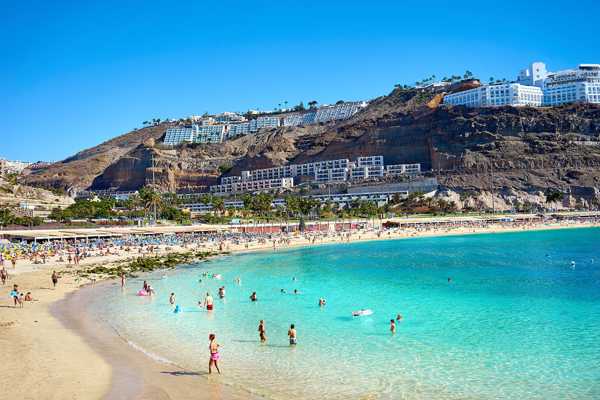
10 Best Outdoor Adventures in Gran Canaria
Spain - 10 Best Beaches in Gran Canaria
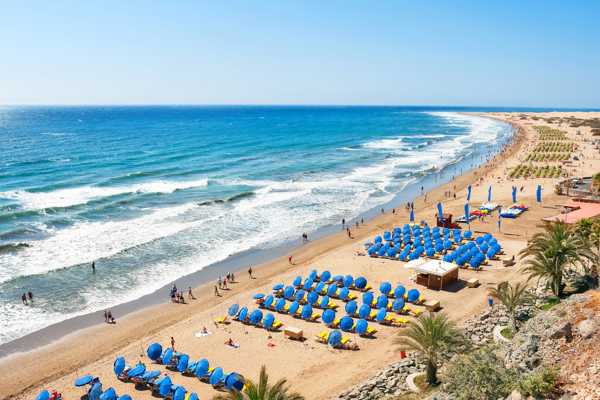
10 Best Beaches in Gran Canaria
Spain - 10 Best Places to Go Shopping in Gran Canaria
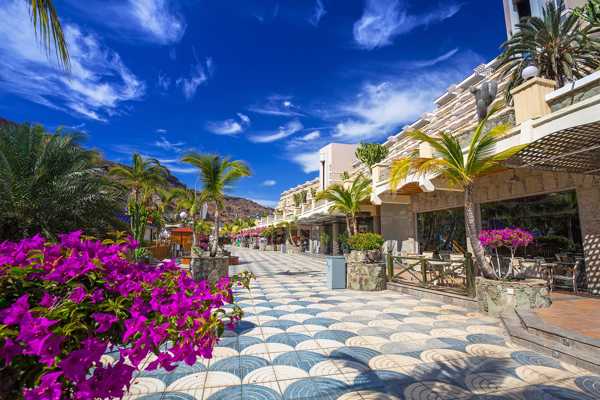
10 Best Places to Go Shopping in Gran Canaria
Spain
How to get to my hotel in Gran Canaria?

Given Gran Canaria's status as an island, there are really only 2 options when it comes to getting here: You have to either fly or take a ferry. There are no rail networks or bridges that connect to the island from anywhere else. Fortunately, though, flying and taking a ferry are remarkably easy whether you're coming from the UK or virtually anywhere else in the world.
Airports: There's a single airport on the island called Gran Canaria Airport. It's about 11 miles south of Las Palmas and 16 miles north of the southern coast where a lot of popular destinations are located. It takes about 4 and a half hours to reach this airport from London.
Train stations: There are no train stations in Gran Canaria. Even plans for a future train have been mostly stalled for several decades.
Ports: Most ferries to Gran Canaria arrive in Las Palmas, and you can board these ferries from several locations on the southern coast of mainland Spain like Cádiz and Huelva. Several cruise lines can get you right to Gran Canaria from departure locations like Southampton, though they take several days.
How to get around Gran Canaria?

Travel tips: The best way to get around Gran Canaria depends on your plans on the island. If you mostly plan to stay in a single part of the island like Las Palmas, you can do most of your travel on foot since the land is fairly flat in this area. If you plan to go farther, a wide variety of options are available, with public transport being dominated by buses.
Underground: There is no underground service in Gran Canaria or any kind of rail service whatsoever.
Taxi and rideshare: Taxis are readily available throughout the island and are coloured in all white with the differences between them simply being the municipality's logo that they're based out of displayed on the side. They can be inexpensive when travelling within a city, but their cost adds up quickly when travelling from city to city on the island. Rideshare apps like Uber and Lyft haven't made it to the island yet.
Bus: The bus service in Gran Canaria is comprehensive, connecting people and destinations all over the island. The buses are turquoise in colour and have their schedules, rates and connections all displayed online. Within the cities, you'll find guaguas municipales, or city buses, that are yellow and can easily get you around cities like Las Palmas.
Car hire: A car hire is one of the best ways to explore the entire island, and they're available right at the airport when you land. All you need is a credit card, a valid driver's licence and an international driver's permit, and to be at least 21 years of age. Parking is easy to find, and the roads are well maintained.
Cycle hire: Bike hires are available, but they're generally only useful within a single city. Las Palmas, for example, offers quite a few bike lanes that run through the main attractions. The bike hire service Sitycleta makes it easy to get your hands on a cycle hire too with relatively affordable rates that you can book by the half hour, hour or week.
What are the main festivals in Gran Canaria?

Fiesta de La Rama
When: August 4
What: Fiesta de La Rama is an annual festival in the town of Agaete that dates back to the tradition of trying to invoke rain. Part of the celebration involves picking up branches and whipping them into the sea. In the modern era, you can enjoy food and drink stalls along with live music and parades.
Where: Agaete
Fiesta del Charco
When: September 11
What: Fiesta del Charco is a historic festival in which participants can catch fish in a pond before dancing and splashing each other, with food and drink stalls available as well. At the sound of a firework, you're clear to try your hand at fishing to see what you can catch after the fish are sedated using the embarbascada technique.
Where: La Aldea de San Nicolas
Almond Blossom Festival
When: February and March
What: The Almond Blossom Festival shows off the alluring natural beauty of almond tree flowers during the blooming season. While the blooms are the star of the show, you'll also find food and craft vendors offering genuine Canarian products.
Where: Tejeda, Valsequillo and Tunte
What are the main landmarks in Gran Canaria?

Las Palmas Cathedral
Las Palmas Cathedral is one of the oldest structures on the island dating back centuries and sporting a neoclassical architectural design. The inside is a bit different, however, with a more Gothic style to it. It's free to enter, and it's home to the Diocesan Museum of Sacred Art, which contains quite a few religious paintings important to the church.
Roque Nublo
Roque Nublo, or Cloud Rock, is a natural landmark that consists of a towering monolith stretching upwards about 67 metres. It's located on an elevated area of the island as well, so the viewpoint from this monument is absolutely breathtaking. It's located near Tejeda, and it's free to visit every day whenever you like.
Town Hall
The Town Hall, or Casas Consistoriales, in Las Palmas is a notable landmark that was built in the early 16th century. While much of the building was rebuilt in the 19th century after a fire, you can still enjoy its imposing architecture and period features with intricate details. This is one of the best examples of stone arches and columns, and it's all open to the public, including the large gallery area.
Plaza de Santa Ana
The Plaza de Santa Ana is a collection of historic buildings around a square that serves as a popular meeting place for locals and travellers alike. Like many of the other historic buildings in Las Palmas, these date back to the 16th century, though many were revamped in the 19th century. Looking at the historic facades, however, will make you feel as if you've stepped back in time.
What are the main towns around Gran Canaria?

Gran Canaria is a large island with quite a few towns and villages you may be interested in. Take a look at some of the most notable to include on your holiday itinerary.
Gáldar
The town of Gáldar is historically significant as the first capital of the island, and that history is preserved in its well-maintained buildings, many of which are centuries old. It's home to a casino, a theatre, a food market and much more. The Cueva Pintada Museum and Archaeological Park is also located here. You'll be able to enjoy the iconic Canarian balconies no matter which attractions in town you decide to visit. It's located on the north side of the island.
Tejeda
Tejeda is a breathtakingly beautiful town that has not only impressive architecture but also several natural monuments and an environment that was clearly respected during the town's development. Roque Bentayga and Roque Nublo are located nearby, and the houses here sport a unique white colour with wood and stone accents on the rooftops. No matter where you are in town, towering peaks will be on the horizon, adding a sense of awe to the experience. Outdoor adventurers will particularly enjoy the natural hiking trails nearby.
Agaete
Agaete is a charming fishing village on the north side of the island that makes it easy for you to get a taste of fresh fish, but the abundance of delicious seafood is just the beginning of everything this village has to offer. Natural swimming pools are quite popular here, allowing you to go for a swim for a refreshing reprieve from the hot sun. Additionally, the surrounding landscapes are breathtaking, allowing you to explore towering cliffs and alluring coasts in equal measure when you visit.
Teror
The town of Teror is often considered to be the heart and soul of the island of Gran Canaria, not only because it's at the geographic centre, but because it has held strongly to local traditions and culture. This town is home to the Basilica of Our Lady of the Pine, a neoclassical 18th-century church, and stunning examples of Canarian architecture. The authentic wooden balconies are particularly notable, as they're present on just about every building in the village.
Bu makale, Go Guides yayın ekibinin görüşlerini içermektedir. Hotels.com, bu sitede görünen yazıların karşılığında yazarları tazmin eder. Bu, seyahat masraflarının veya diğer masrafların karşılanması şeklinde olabilir.
Seyahatinizi planlamaya başlayın
Gran Canaria bölgesinde nerede kalmalı?

Lopesan Baobab Resort

Lopesan Costa Meloneras Resort & Spa

Radisson Blu Resort & Spa, Gran Canaria Mogan

Servatur Riosol

Lopesan Villa del Conde Resort & Thalasso

Arguineguin Park By Servatur VV

Abora Interclub Atlantic by Lopesan Hotels - All inclusive

Hotel Riu Vistamar - All Inclusive

Abora Catarina by Lopesan Hotels

Servatur Puerto Azul
İlgili yazılar
- 10 Best Outdoor Adventures in Gran Canaria

10 Best Outdoor Adventures in Gran Canaria
Spain - 10 Best Beaches in Gran Canaria

10 Best Beaches in Gran Canaria
Spain - 10 Best Places to Go Shopping in Gran Canaria

10 Best Places to Go Shopping in Gran Canaria
Spain - 10 Best Things to Do in Gran Canaria
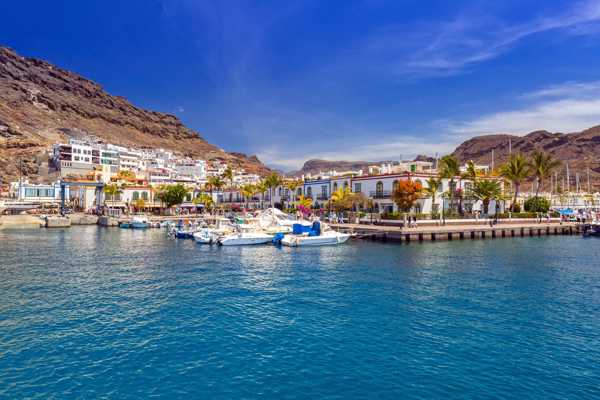
10 Best Things to Do in Gran Canaria
Spain - 10 Best Things to Do After Dinner in Gran Canaria
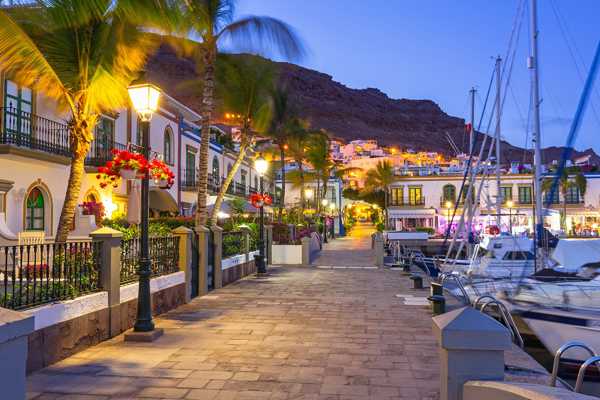
10 Best Things to Do After Dinner in Gran Canaria
Spain - 10 Best Family Things to Do in Gran Canaria
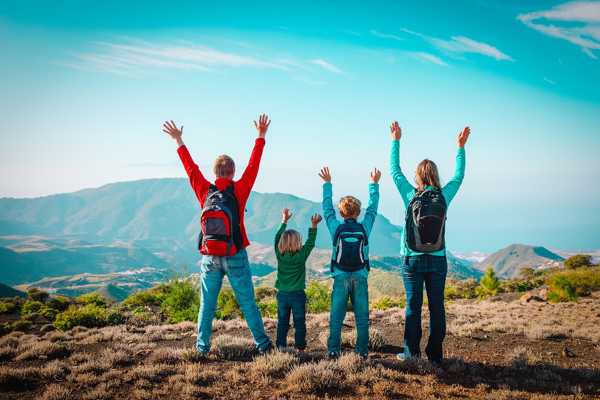
10 Best Family Things to Do in Gran Canaria
Spain - 10 Best Bars, Live Music and Nightclubs in Gran Canaria

10 Best Bars, Live Music and Nightclubs in Gran Canaria
Spain - 10 Free Things to Do in Gran Canaria

10 Free Things to Do in Gran Canaria
Spain
